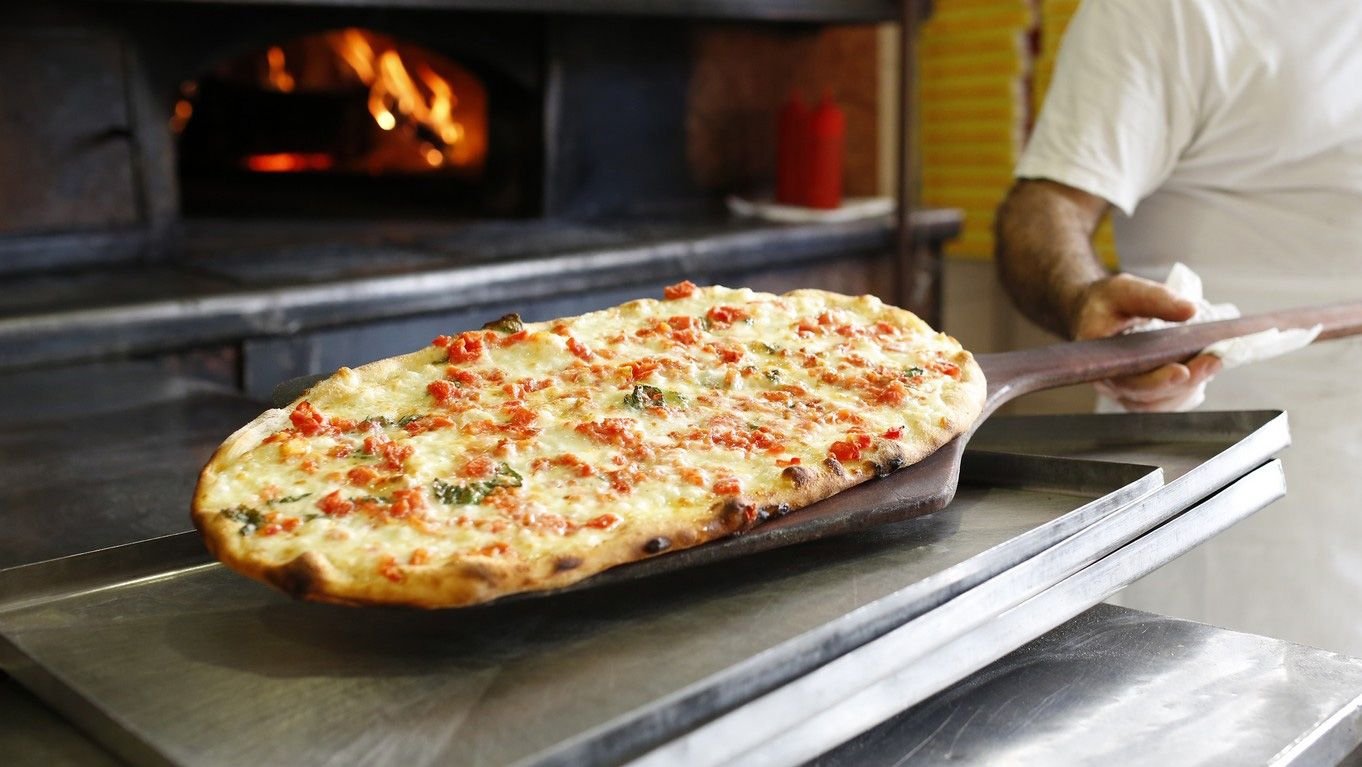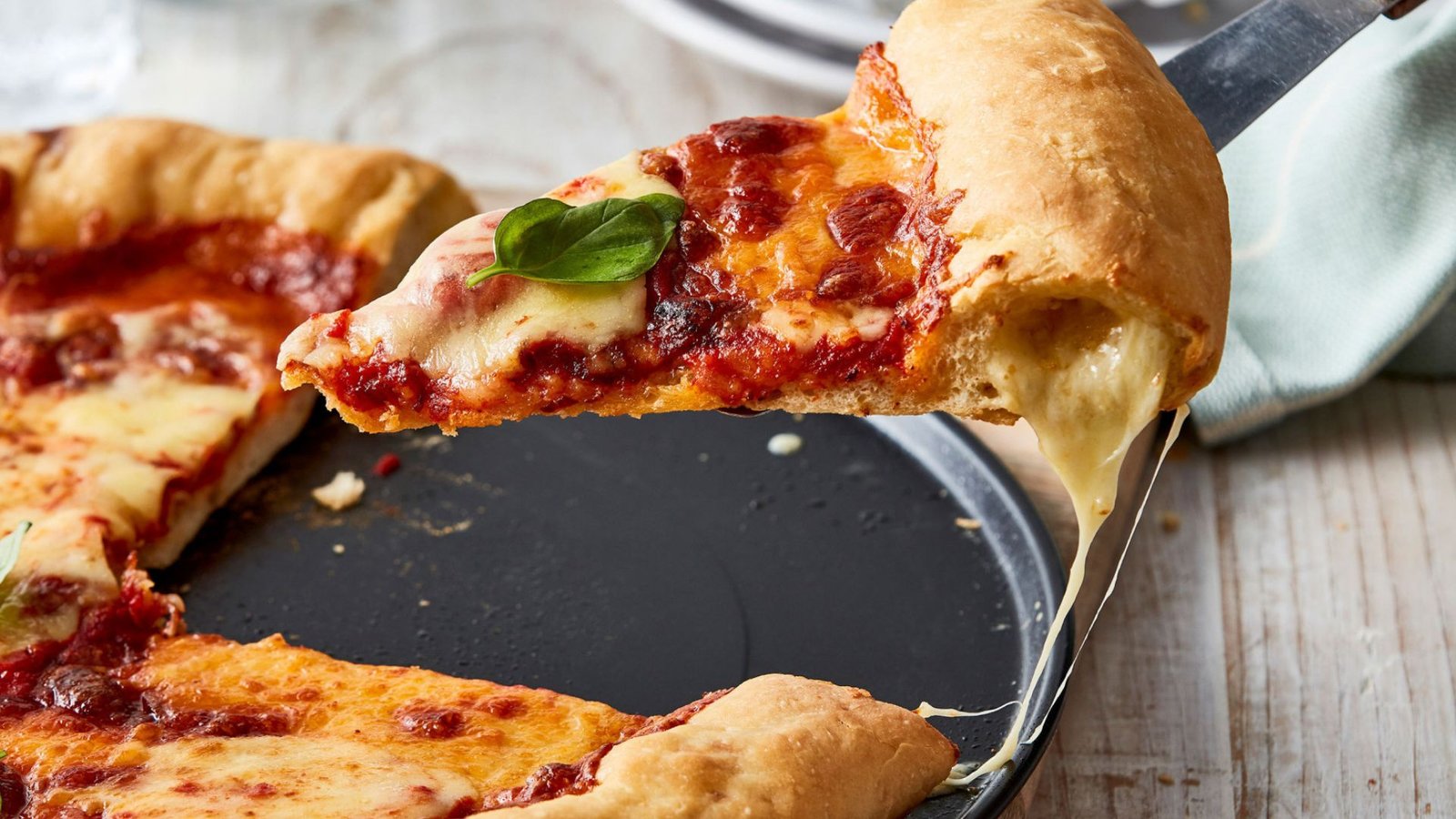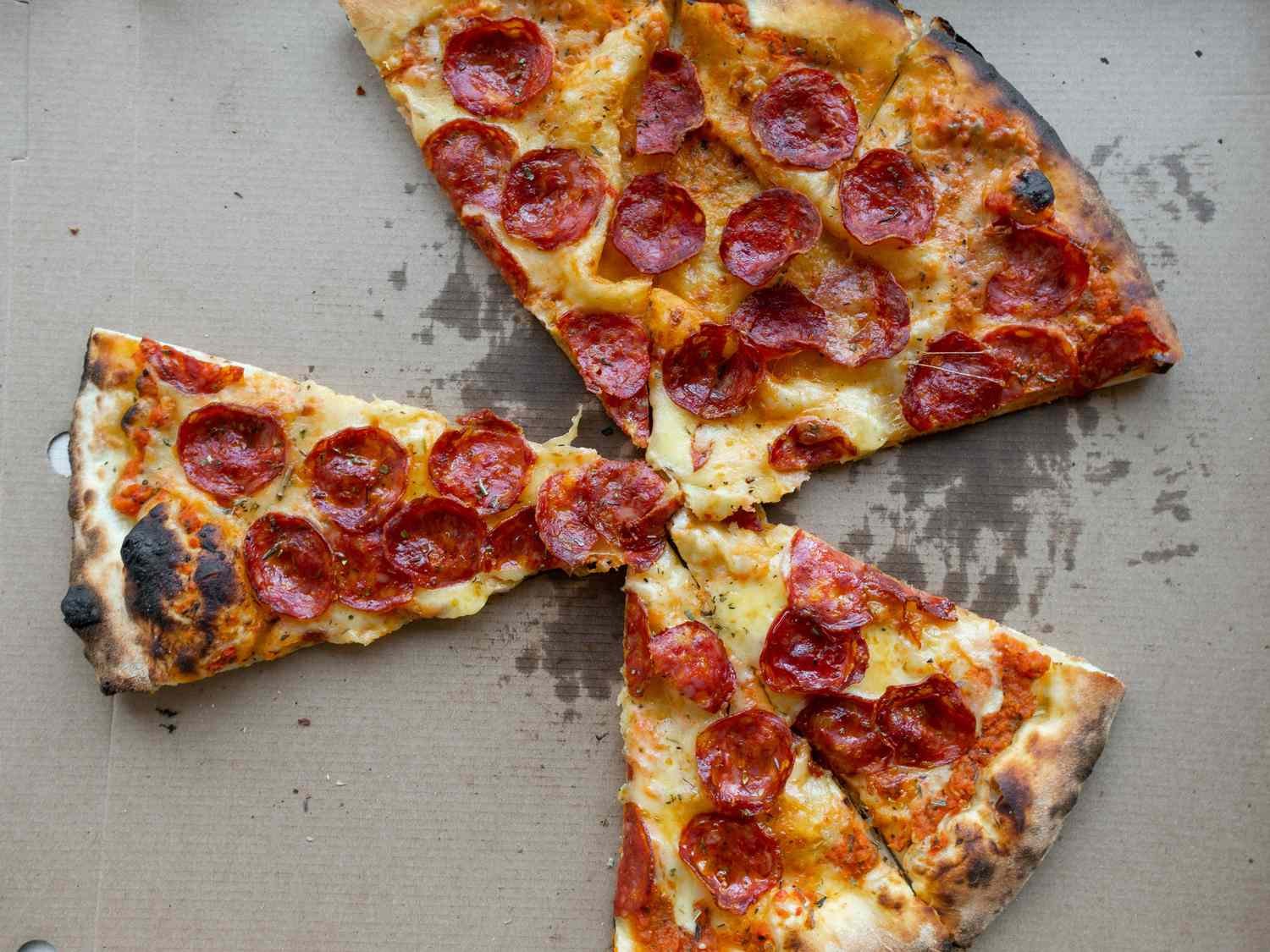Pizza is often considered a guilty pleasure, but with the right approach, it can be part of a balanced and healthy diet. By understanding the nutritional components of pizza and making mindful choices, you can enjoy this beloved dish without compromising your health. This article explores how to balance pizza in a healthy diet, offering tips on ingredient selection, portion control, and complementary foods.

Understanding Pizza’s Nutritional Components
Basic Nutritional Breakdown
A typical slice of pizza contains a combination of macronutrients: carbohydrates, proteins, and fats. The nutritional value varies based on the type of crust, toppings, and portion size. Here’s a general breakdown:
- Carbohydrates: The crust is the primary source of carbs, which provide energy. Thin crusts usually have fewer carbs than thicker or stuffed crusts.
- Proteins: Cheese and meat toppings contribute to the protein content. Protein is essential for muscle repair and growth.
- Fats: Cheese and certain toppings like pepperoni add fats, both saturated and unsaturated. Fats are necessary for hormone production and nutrient absorption but should be consumed in moderation.
- Vitamins and Minerals: Vegetables and certain toppings can provide vitamins (like vitamin C from tomatoes and vitamin A from bell peppers) and minerals (such as calcium from cheese).
Caloric Content
The calorie count of pizza can vary widely. A plain cheese pizza slice might have around 200-300 calories, while a meat-laden slice could exceed 400 calories. Being aware of the caloric content helps in maintaining a balanced diet.
Tips for Healthier Pizza Choices
Choosing the Right Crust
- Thin Crust: Opt for thin crust pizzas to reduce carbohydrate and calorie intake. Whole grain crusts are even better as they offer more fiber.
- Avoid Stuffed Crusts: These add extra calories and fats without significant nutritional benefits.
Smart Toppings
- Load Up on Veggies: Vegetables add fiber, vitamins, and minerals while being low in calories. Consider toppings like spinach, bell peppers, mushrooms, onions, and tomatoes.
- Lean Proteins: Choose lean meats like grilled chicken or turkey instead of high-fat options like pepperoni or sausage. Seafood, such as shrimp or anchovies, is also a good option.
- Moderate Cheese: While cheese is a good source of calcium and protein, it’s also high in saturated fat and calories. Ask for less cheese or choose lower-fat options.
Sauce Considerations
- Tomato Sauce: A basic tomato sauce is generally low in calories and provides a good dose of vitamin C and antioxidants like lycopene.
- Avoid Cream-Based Sauces: These can significantly increase the calorie and fat content of your pizza.
Portion Control and Mindful Eating
Serving Size
- Limit Slices: Stick to one or two slices, depending on the size and type of pizza, to keep portions reasonable.
- Pair with Salad: Accompany your pizza with a side salad to fill up on fiber-rich vegetables, which helps you feel fuller with fewer calories.
Eating Habits
- Slow Down: Eating slowly allows your body to signal when it’s full, preventing overeating.
- Mindful Eating: Pay attention to your hunger and fullness cues, and enjoy each bite, which can enhance satisfaction and reduce the likelihood of overeating.
Complementary Foods for a Balanced Meal
Healthy Sides
- Salads: A fresh salad with a variety of vegetables, and a light vinaigrette, can complement your pizza and add necessary nutrients.
- Vegetable Soups: Broth-based vegetable soups can be a low-calorie, nutrient-dense side.
Beverages
- Water: Drinking water before and during your meal helps with digestion and keeps you hydrated without adding extra calories.
- Herbal Teas: Unsweetened herbal teas are a good option for a flavorful drink that doesn’t add calories.
Homemade Pizza: Control and Creativity
Making Your Own Pizza
- Whole Grain Crust: Use whole grain flour for the crust to increase fiber content.
- Fresh Ingredients: Use fresh, high-quality ingredients to control the nutritional value and flavor.
- Experiment with Flavors: Try new vegetable toppings, lean proteins, and different herbs and spices to make a healthy and tasty pizza.
Benefits
- Customization: Homemade pizza allows for complete control over ingredients and portion sizes, making it easier to adhere to dietary goals.
- Nutritional Balance: You can ensure a better balance of macronutrients and incorporate more vegetables and lean proteins.
Conclusion
In conclusion, pizza can be a part of a healthy diet when approached mindfully. By making informed choices about crust, toppings, and portion sizes, you can enjoy this delicious dish without compromising your nutritional goals. Remember, balance and moderation are key. Complement your pizza with healthy sides, stay mindful of portion sizes, and consider making your own pizza at home for greater control over the ingredients. With these strategies, you can savor the flavors of pizza while maintaining a healthy lifestyle.












Shop Hot Deals at AliExpress – Unbelievable items at Unbeatable Lowest Retail Prices!
Grab Tech, Fashion, Home Goods & more with worldwide shipping up to 90% OFF
Free Priority Shipping -> Shop Now: https://mutualaffiliate.com/VaRSHO
P.S. As an affiliate, I may earn a small commission from purchases made through this e-store with my link above, at no additional cost to you.
We will circulate your message to millions of forms.
Cheap, wide-reach outreach is slipping away quickly. Ad costs soar daily, yet contact forms remain unblocked pathways to decision-makers. Our platform delivers your campaign to thousands of sites per hour. Slots in our bulk-blast plan are running out. Lock in the rate and surge past slower competitors—claim your slot at https://bit.ly/formbulksubmit now
Hi naplespizzasw.com
I’m reaching out to introduce a powerful platform I’m currently recommending to marketing and data teams looking to streamline their reporting workflows.
It enables organizations to:
– Automatically collect and unify data from 150+ sources (Google, Meta, LinkedIn, HubSpot, etc.)
– Eliminate manual data handling with no-code pipelines
– Build real-time dashboards in tools like Looker Studio, Excel, or BigQuery
– Activate insights directly across channels for smarter, faster decisions
This solution is already trusted by global brands and agencies to simplify data operations and improve time-to-insight.
If you’re curious, you can explore the service directly through this link:
https://partners.supermetrics.com/e7ezexu4felg
Best regards,
Alex Molari
Hello,
My name is Komal, and I’m reaching out on behalf of our digital marketing agency. We work with over 100+ websites and specialize in B2B guest posting services.
We are interested in a paid guest posting collaboration with your websites. We’d like to know your pricing and terms for publishing guest posts, and in return, we can also feature your websites within our network — creating a mutually beneficial partnership.
Looking forward to your response and hoping to build a long term collaboration.
Thanks,
Komal
This is an open job position to be a website chat assistant. We currently have lots of different businesses hiring for these positions in all countries right now. Website chat assistants are the people who answer the customer’s live chat support or sales questions on a business’s website. The work is done online, normally from home. Read the full details here to complete your application if you are interested.
—–> https://bit.ly/3GI4OZ0
Just saw your site naplespizzasw.com. Respect.
I create AI-optimized landing pages + branding in 48h.
Copy + design + setup — all done. $997 flat.
If you’re launching anything, let’s talk. Payment when it’s done.
Tired of juggling multiple tools to manage your leads, marketing, and clients?
GoHighLevel is your all-in-one platform to:
✅ Automate lead generation
✅ Simplify client communications
✅ Build sales funnels — FAST
✅ Grow your agency or business with ease
Try it now and see the difference:
https://localcitation.online/highlevel
#1 most used
AI tool for advertising
Generate ad creatives that outperform your competitors.
Try For Free Now
https://foxly.link/adcr4m2023
Hi,
Launching a brand requires a strong, strategic PR approach to make a memorable impact. Reliton’s PR services are tailored to amplify your launch, placing your brand on high-profile platforms that reach your target audience with precision.
With our extensive media connections and customized approach, we position your brand for success from day one. Let’s discuss how Reliton’s strategic PR solutions can make your launch an impactful success story. Ready to get started? We’d be delighted to guide you through every step of a powerful PR launch.
For more details: https://reliton.com
Thanks,
Komal
This crazy offer spread like crazy when some entrepreneur in Bali said he’d fly out one someone deserving to his fancy place – paying for the whole trip.
He’s going to install over $5,000 worth of systems to help scale up – and he’s explaining what’s behind it.
Here’s the full story and how you could get picked: bestvasystem.com
If you’ve been doing everything yourself, this could be your break.
Gilda, Couvreur
4026 Bridge Street, Philadelphia, PA 19124, United States.
9779548225
If you do not wish to receive further emails from us, you may opt-out by filling this form:
https://forms.gle/jpPpqBmpKHNekuTL7.
Please note that it may take up to 10 business days for your request to be processed.
If you have received this communication in error, please delete it and notify the sender immediately.
This is an open job position to be a website chat assistant. We currently have lots of different businesses hiring for these positions in all countries right now. Website chat assistants are the people who answer the customer’s live chat support or sales questions on a business’s website. The work is done online, normally from home. Read the full details here to complete your application if you are interested.
—–> https://bit.ly/3GI4OZ0